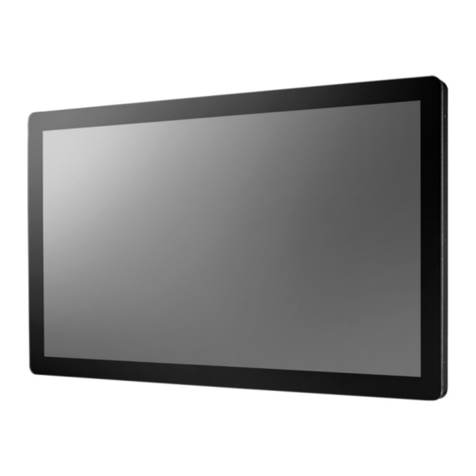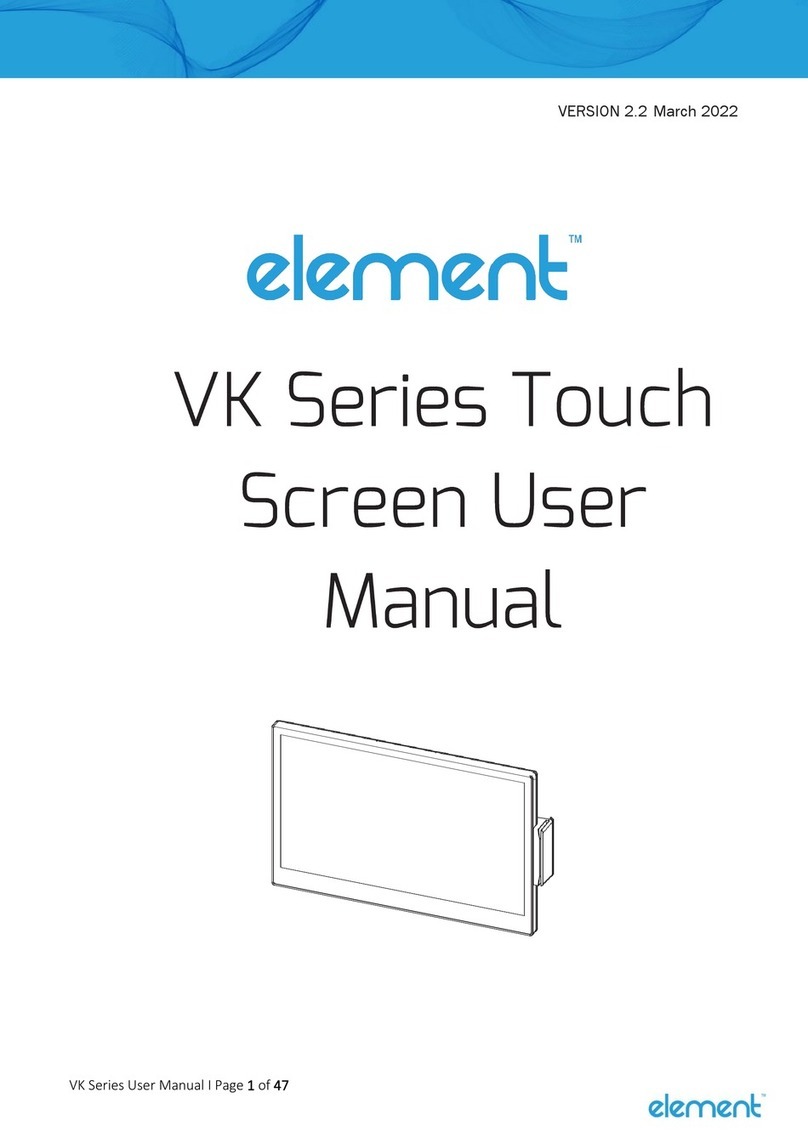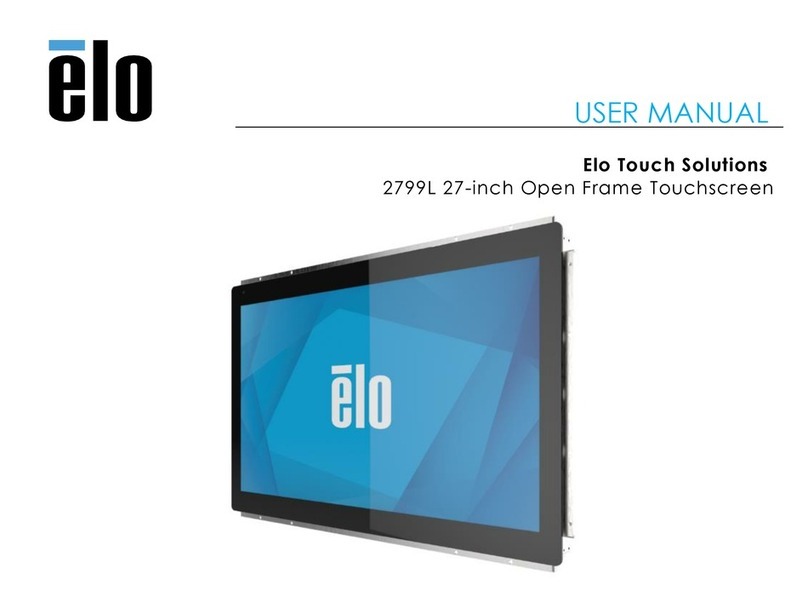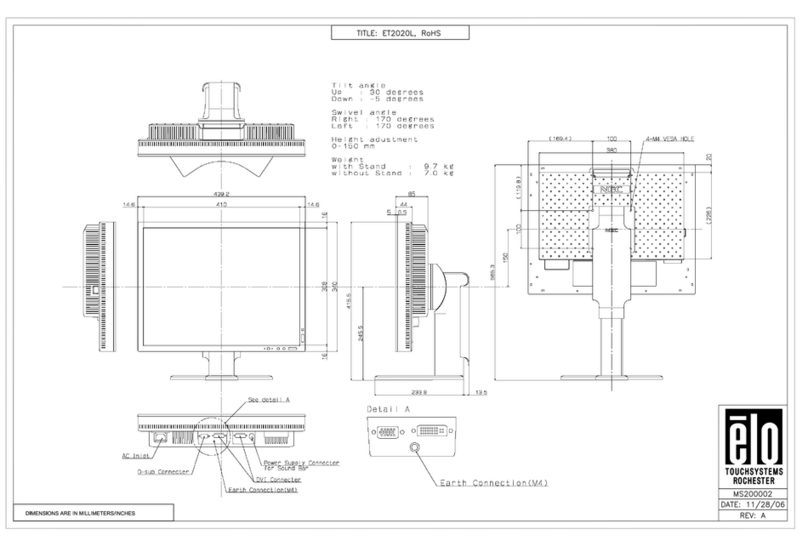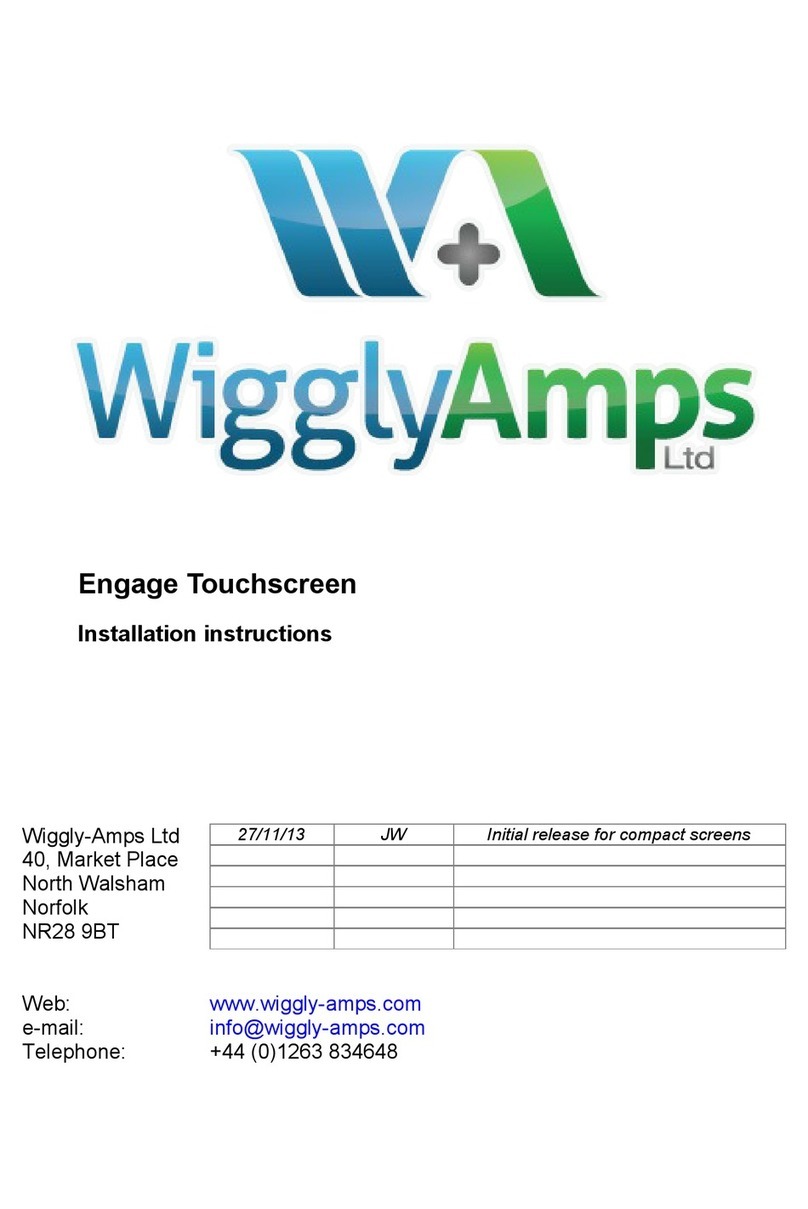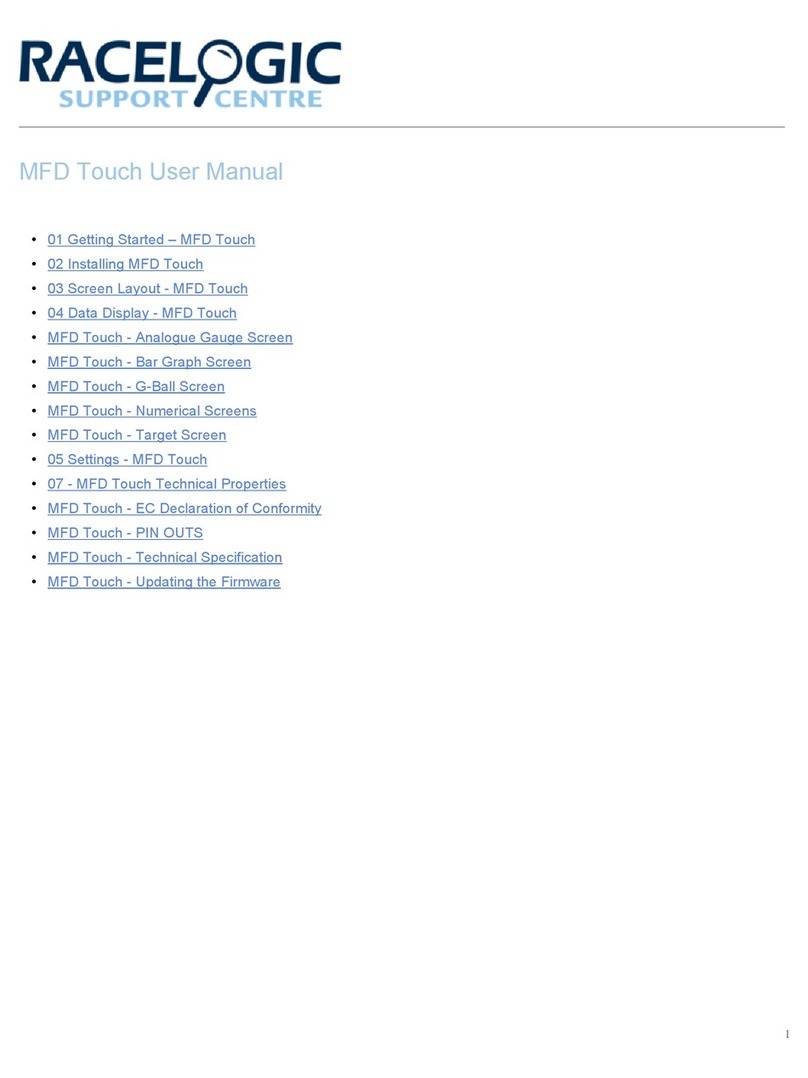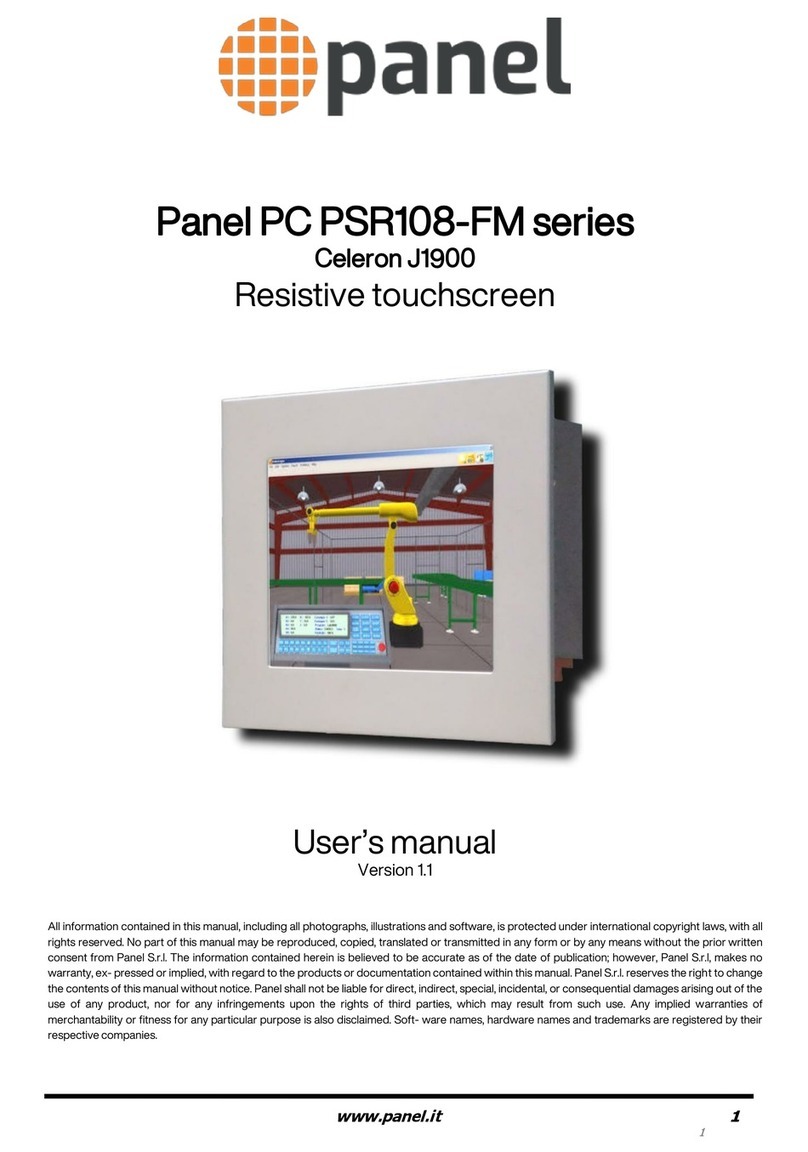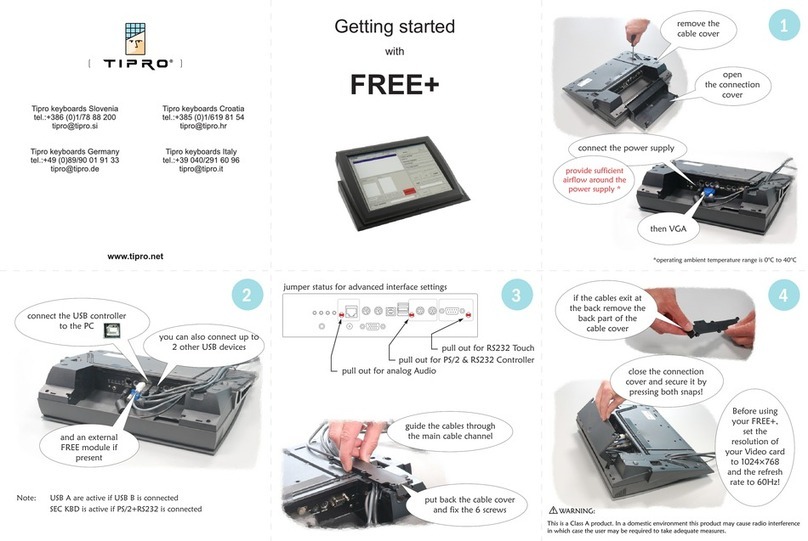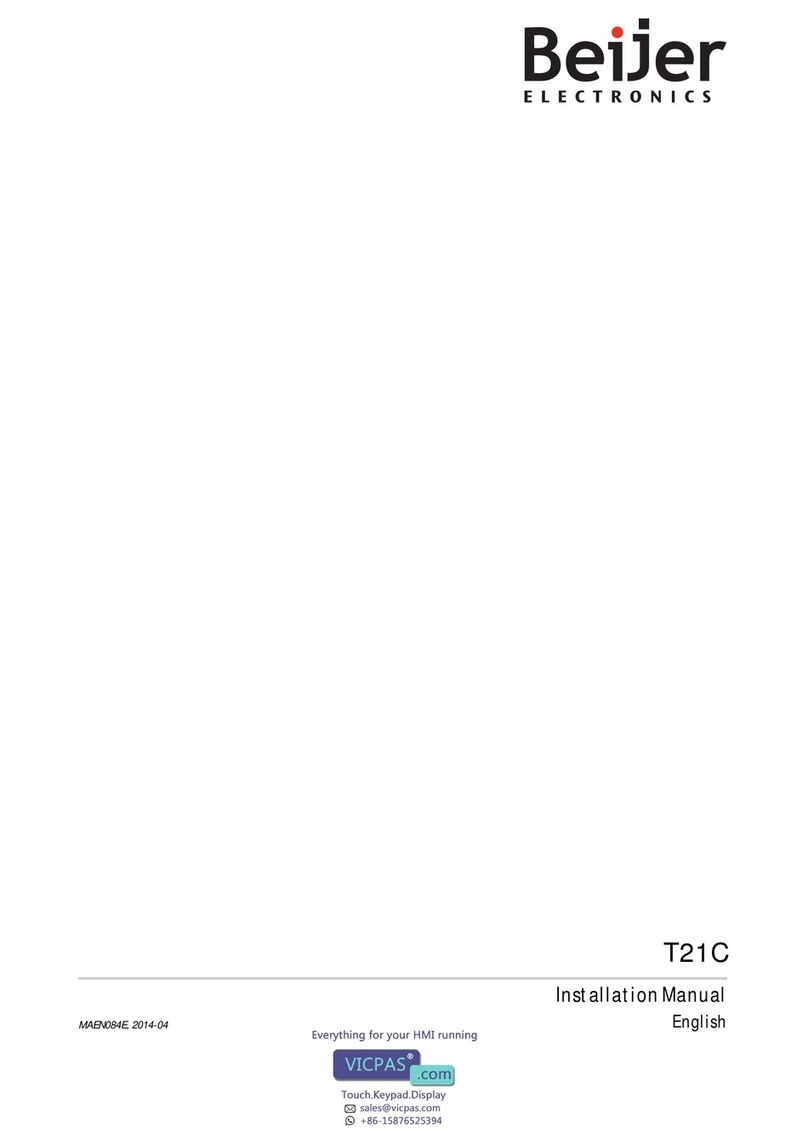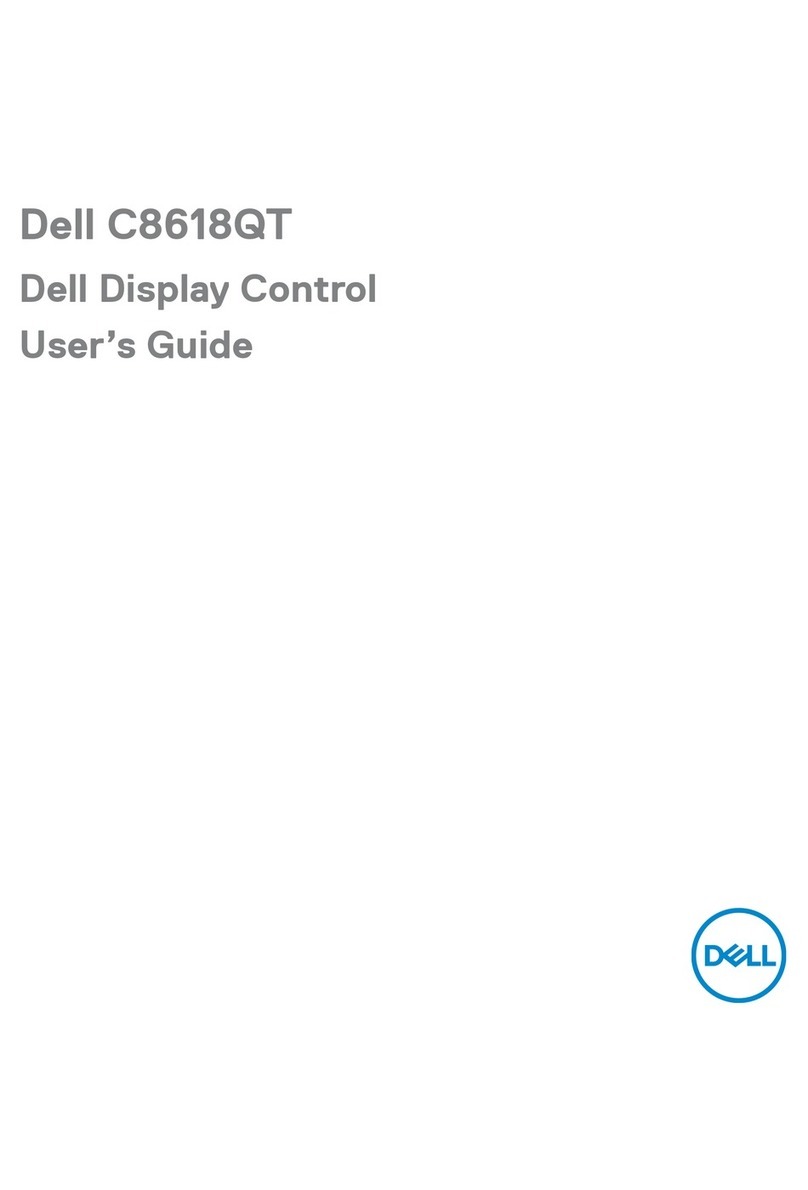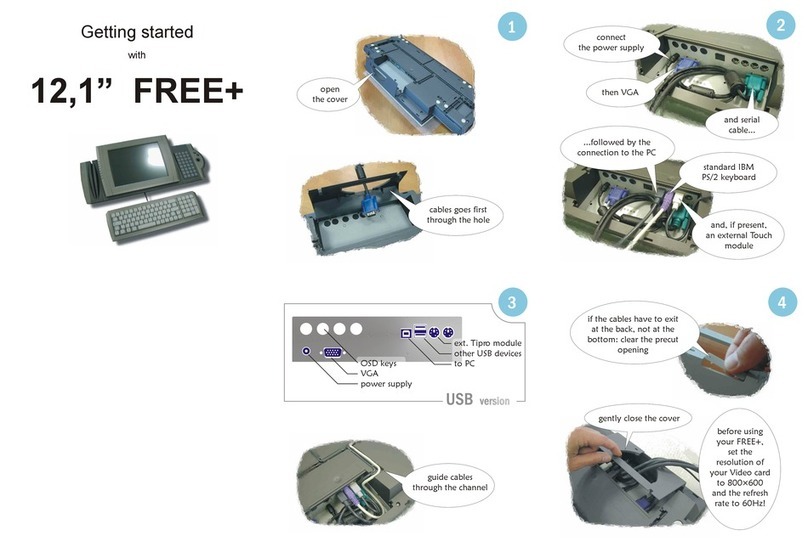
CONTENTS
1 - SAFETY CONSIDERATIONS.................................................................................................................................................. 5
1.1 - Safety guidelines................................................................................................................................................................. 5
1.2 - Safety precautions............................................................................................................................................................... 5
2 - CONTROL OVERVIEW ........................................................................................................................................................... 6
2.1 - Control system .................................................................................................................................................................... 6
2.2 - System functionalities.......................................................................................................................................................... 6
2.3 - Operating modes................................................................................................................................................................. 6
3 - HARDWARE DESCRIPTION................................................................................................................................................... 7
3.1 - Control boards..................................................................................................................................................................... 7
3.2 - Power supply to boards....................................................................................................................................................... 7
3.3 - Light emitting diodes ........................................................................................................................................................... 7
3.4 - Connect Touch connections ................................................................................................................................................ 7
3.5 - Pressure transducers .......................................................................................................................................................... 8
3.6 - Temperature sensors........................................................................................................................................................... 8
3.7 - Actuators ............................................................................................................................................................................. 8
3.8 - Terminal block connections ................................................................................................................................................. 9
3.9 - RS485 wiring (best practice) ............................................................................................................................................. 10
4 - USER INTERFACE: OVERVIEW ...........................................................................................................................................11
4.1 - Touch screen display..........................................................................................................................................................11
4.2 - Home screen (synoptic view) .............................................................................................................................................11
4.3 - Information message box...................................................................................................................................................11
4.4 - Screen calibration...............................................................................................................................................................11
4.5 - Warning messages.............................................................................................................................................................11
4.6 - Saving modications ..........................................................................................................................................................11
4.7 - Header buttons.................................................................................................................................................................. 12
4.8 - Other buttons..................................................................................................................................................................... 12
5 - USER INTERFACE: MENU STRUCTURE........................................................................................................................... 13
5.1 - Main menu......................................................................................................................................................................... 13
5.2 - Conguration menu........................................................................................................................................................... 21
5.3 - Schedule menu ................................................................................................................................................................. 25
5.4 - Holiday menu .................................................................................................................................................................... 25
5.5 - Network menu ................................................................................................................................................................... 26
5.6 - System menu .................................................................................................................................................................... 28
5.7 - Login menu........................................................................................................................................................................ 30
5.8 - Start / stop menu............................................................................................................................................................... 31
5.9 - Alarms menu ..................................................................................................................................................................... 32
6 - STANDARD CONTROL OPERATIONS AND OPTIONS ...................................................................................................... 34
6.1 - Unit start/stop control ....................................................................................................................................................... 34
6.2 - Control interlock contact.................................................................................................................................................... 35
6.3 - Cooling/Heating................................................................................................................................................................. 35
6.4 - Additional heating control .................................................................................................................................................. 35
6.5 - Control point...................................................................................................................................................................... 35
6.6 - Heat exchanger water pump control ................................................................................................................................. 37
6.7 - Capacity control................................................................................................................................................................. 38
6.8 - Capacity limitation ............................................................................................................................................................. 38
6.9 - Condensing pressure control (optional) ............................................................................................................................ 39
6.10 - Dry Cooler Free Cooling (DCFC) .................................................................................................................................... 39
6.11 - Master/Slave assembly ................................................................................................................................................... 40
6.12 - Night mode...................................................................................................................................................................... 40
6.13 - Brine option (option 5, option 6) ...................................................................................................................................... 40
6.14 - BACnet (option 149)........................................................................................................................................................ 40
6.15 - Modbus (option 149B)..................................................................................................................................................... 40
6.16 - Software Activation Key(s) .............................................................................................................................................. 41
6.17 - Schedule setting.............................................................................................................................................................. 42
6.18 - Holidays........................................................................................................................................................................... 42
6.19 - Trending .......................................................................................................................................................................... 43
6.20 - User quick test................................................................................................................................................................. 43
7 - WEB CONNECTION.............................................................................................................................................................. 44
7.1 - Web interface .................................................................................................................................................................... 44
7.2 - Technical documentation................................................................................................................................................... 44
DYNACIAT LG/LGN EN-2
